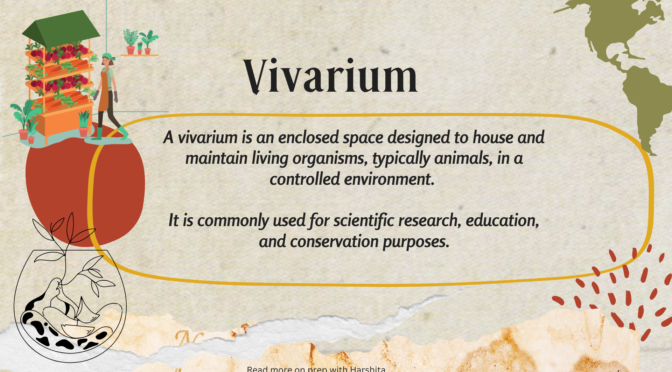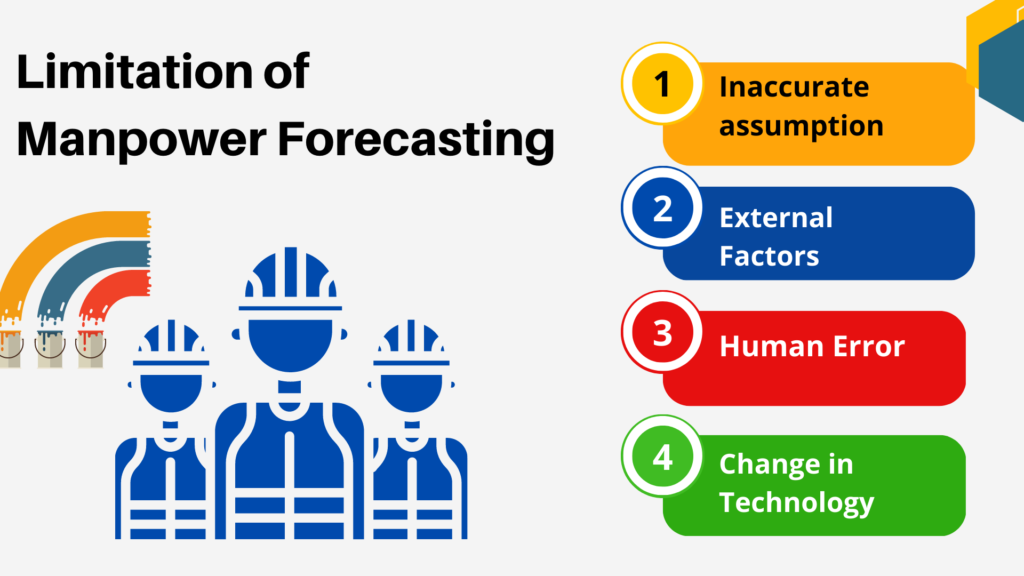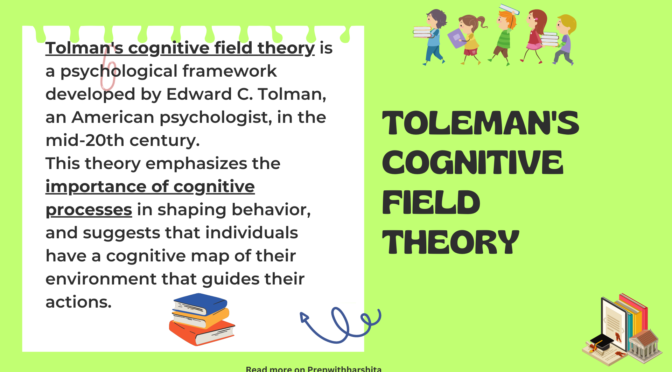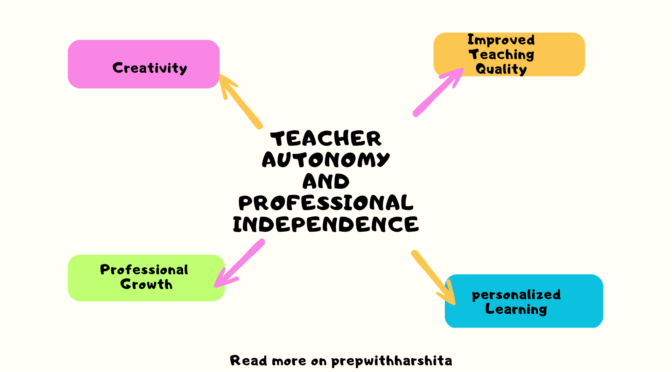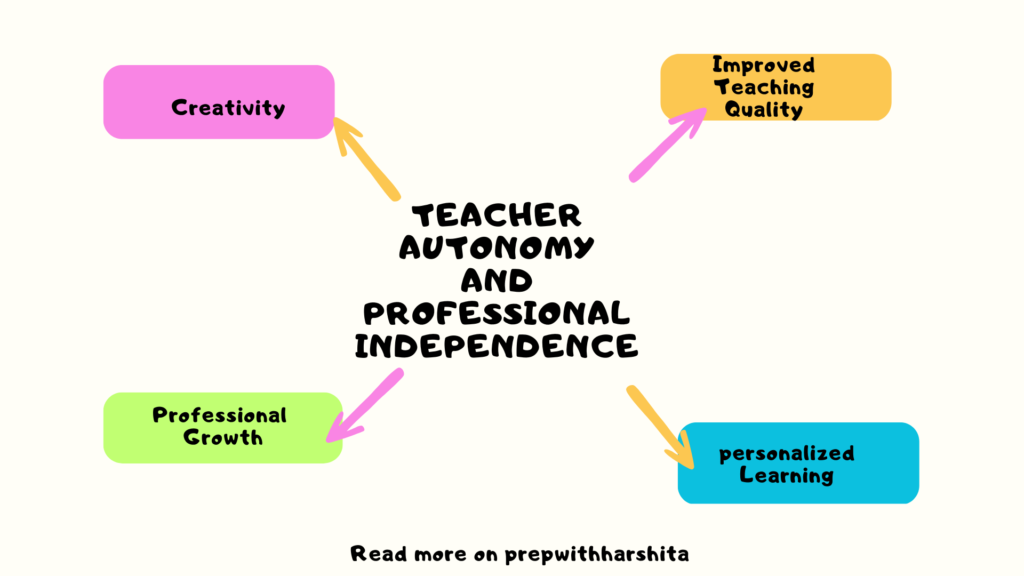A vivarium is an enclosed space designed to house and maintain living organisms, typically animals, in a controlled environment. It is commonly used for scientific research, education, and conservation purposes.
Vivariums are often designed to simulate the natural habitat of the animals being housed and may include features such as temperature and humidity control, lighting, substrate, and vegetation. They may also include equipment such as filtration systems, feeders, and waterers to ensure the health and well-being of the animals.
In scientific research, vivariums are used to study the behavior, physiology, and genetics of animals, and to test the safety and efficacy of drugs and medical devices.
As far education field is considered, they are used to teach students about animal biology, behavior, and ecology. In conservation, they are used to breed endangered species and to reintroduce them into the wild.
Vivariums can range in size from small tabletop enclosures to large, multi-room facilities. They can be found in universities, research institutions, zoos, and private homes.
Also Read: Education policy, Economics, and Planning
There are several benefits of using a vivarium for housing and maintaining living organisms, particularly animals. Here are some of the main benefits:
- Controlled environment: Vivariums provide a controlled environment in which the temperature, humidity, lighting, and other environmental factors can be precisely regulated. This can be important for maintaining the health and well-being of the animals, and for ensuring consistent experimental conditions in scientific research.
- Protection from external factors: Vivariums also provide protection from external factors such as predators, pathogens, and environmental hazards. This can be particularly important for maintaining and studying sensitive or endangered species.
- Study of animal behavior and physiology: Vivariums can be used to study animal behavior and physiology under controlled conditions. This can be important for understanding the mechanisms underlying complex behaviors and physiological processes, and for developing treatments for diseases.
- Education and outreach: Vivariums can be used for education and outreach purposes, providing a unique opportunity for people to learn about animal biology, behavior, and conservation. This can be particularly important for inspiring the next generation of scientists and conservationists.
- Conservation and breeding: They can be used for conservation and breeding purposes, providing a safe and controlled environment for endangered species to breed. This can be important for maintaining genetic diversity and preventing the extinction of threatened species.
Overall, vivariums provide a valuable tool for scientific research, education, and conservation efforts. They provide a safe and controlled environment for animals to thrive and can help us to better understand the complex mechanisms that underlie animal behavior and physiology.


